free chlorine low total chlorine normal
The effectiveness of chlorine decreases dramatically with rising pH. InTheSwim recommends 20 to 3.

A How To Guide 7 Tips To Lower Chlorine Levels In Your Pool
You can check your total chlorine by using the results from the FAS-DPD test.

. When free chlorine is over 50 ppm swimmers may experience itchy skin irritated eyes andor dry hair. The easiest way to check your chlorine levels. By using a low-cost testing kit or test strips that detect total chlorine you may save money on the cost of testing equipment.
Raising Free Chlorine by Shocking Your Pool. If your total chlorine level is high you will use a non-chlorine shock. Ad Measure total chlorine continuously for real time process control.
Chlorine-based shock can quickly increase the free chlorine level whereas non-chlorine-based shock reduces combined chlorine but does not increase free chlorine levels. The Pool and Hot Tub Alliance recommends keeping free chlorine levels between 20 and 40 parts per million ppm. It is normal for total chlorine to be higher than free chlorine.
You need to super chlorinate to break the bonds though if you have a high TDS Total Dissolved Solids reading that could contribute. If the free and total chlorine levels are identical that means there isnt a presence of combined chlorine in your swimming pool. How to Test the Chlorine Level in Pool Water Swimming pool owners must test for chlorine two or three times per week.
True chlorine is very easy to test for in water when compared to free chlorine or combined chlorine which is why many of the more inexpensive chlorine measurement tests will specifically test for total chlorine. If total chlorine and free chlorine are equal it means that the chlorine has not started reacting. Total chlorine is the sum of free chlorine and combined chlorine.
At chlorine levels over 10 ppm swimsuits can begin to fade. This is because the sanitizing compound hypochlorous acid HOCl quickly dissociates in. The newer it is the stronger it is.
As a rule you will need to raise free chlorine to 10 times your combined chlorine to hit what is known as break point Therefore it is good to deal with combined chlorine while it is still small. The level of combined chlorine must always be lower than the free one. Ideal range 20 to 40 ppm safe range 10 to 60 ppm Combined chlorine.
This is especially true for indoor pools. Chlorine-based shock should be used only when the chlorine level needs to increase by a minimum of 10ppm. Pools will naturally gas-off chlorine from the surface and very high levels can irritate airways and lungs.
If it is low you will use a chlorinated shock. The used chlorine has locked all available chlorine and is stuck together with contaminants. Using a small probe-like device it is possible to test free and total chlorine levels in your.
Free chlorine is the most important type of chlorine to monitor because it is responsible for actively sanitizing your pool. If its above the ideal range of 72 to 78 chlorine levels are likely to remain low even if the chlorinator is working overtime. The total chlorine could be high while the free chlorine is low.
Ideally combine chlorine must be less than 02 parts per million ppm while the free one is between 2 and 4 ppm but not below 01. Under typical circumstances you may simply assume that total and free chlorine are the same things. 0 ppm for a stabilized pool.
It is important to wait for the chlorine levels to return to normal before you go in the pool because high chlorine levels can cause skin and eye irritation and. On the other hand if the free chlorine level is lower than the total chlorine level you can calculate the combined chlorine level by finding the. Ideally less than 02 ppm safe below 05 ppm Total chlorine.
In other words none of the chlorine has been utilized yet. If the levels are out of the safe range do not allow swimmers in the pool until it is properly treated and the levels test within range. Its possible when the combined chlorine becomes too much in the pool or when the stabilizer in the water is.
Total chlorine is the sum of combined chlorine and free chlorine which is useful to measure for a variety of reasons. Compare chlorine testing products used for various applications. You always want to check date codes on liquid chlorine and only buy that which is no older than 60 days.
Total chlorine TC refers to the sum of free chlorine and combined chlorine present in your pool. Should be equal to free chlorine most of the time What Is Total Chlorine. If you have chlorine locked it would cause the readings you are getting and for the smell to be present.
Dont overlook Walmarts Pool Essential liquid chlorine- 364 for gallon of 10 and fresh. Inexpensive chlorine tests such as the common OTO test which shows.
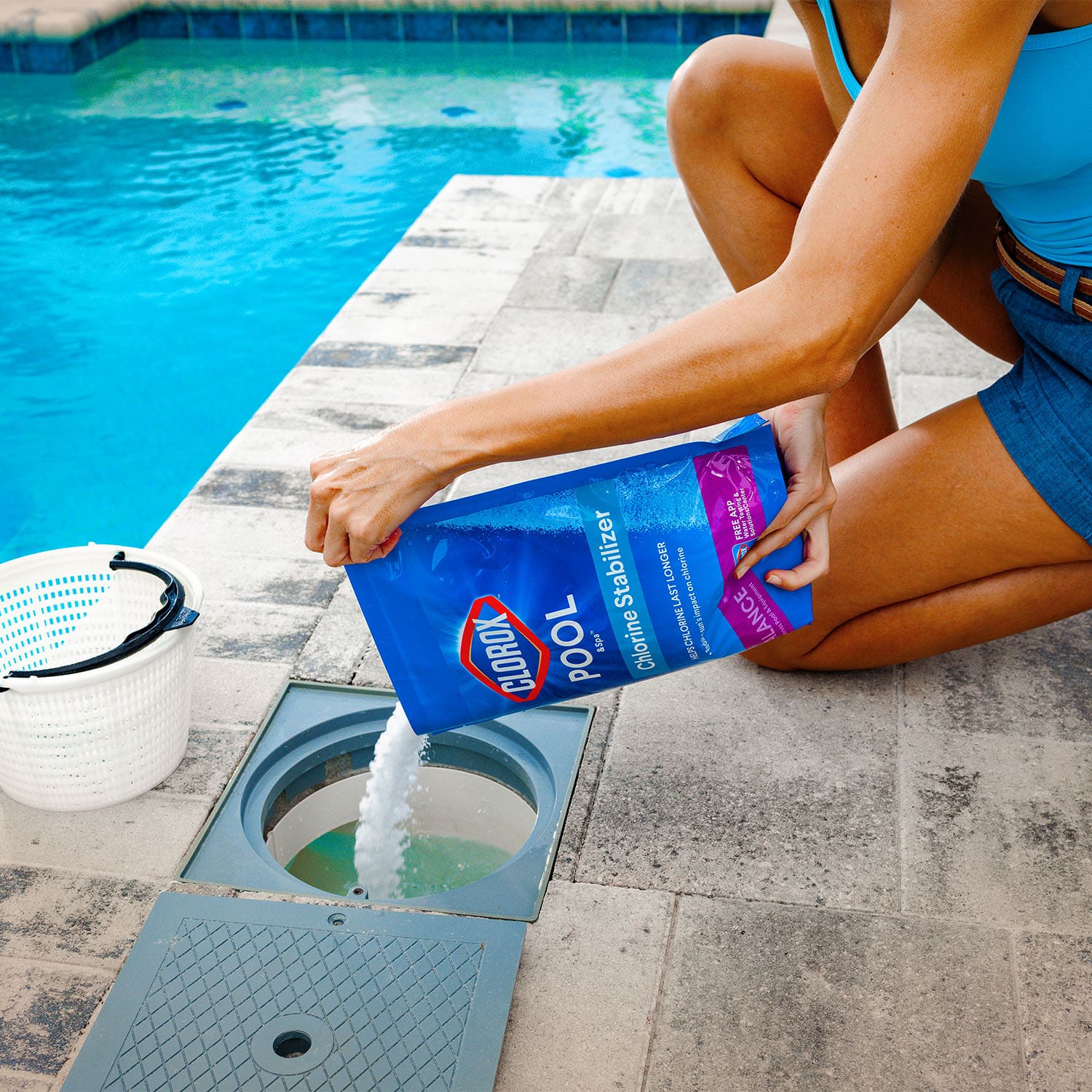
What Is Cyanuric Acid Cya Clorox Pool Spa
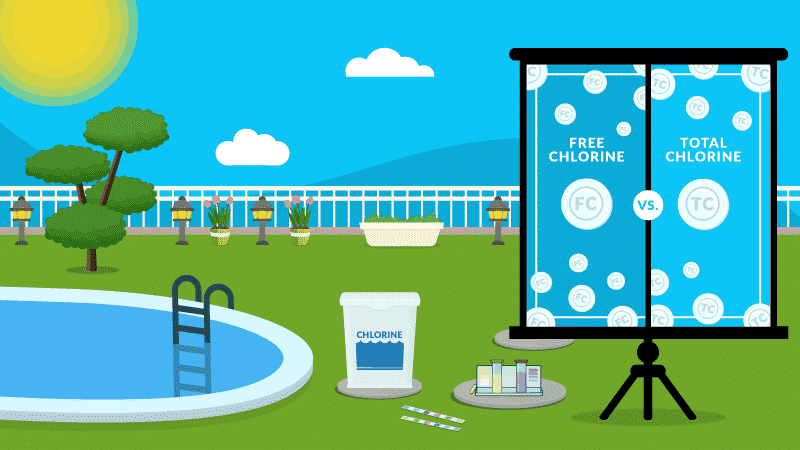
The Difference Between Total And Free Chlorine

Free Chlorine Vs Total Chlorine Forbes Advisor
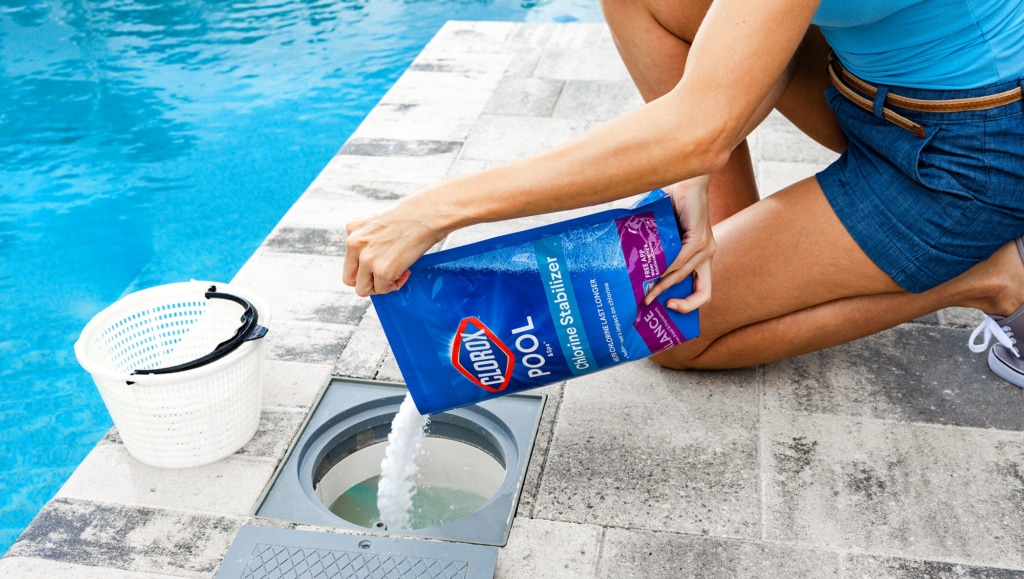
What Is Cyanuric Acid Cya Clorox Pool Spa
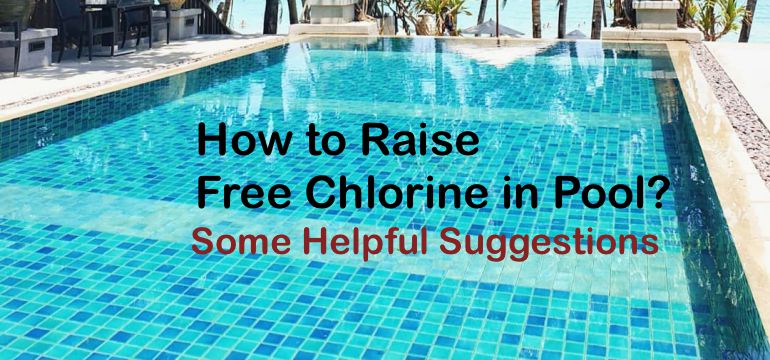
How To Raise Free Chlorine In Pool Some Helpful Suggestions
/TestingPoolWater-40a3d4c689484d6bb1973f32346c8f07.jpg)
How To Test Free Chlorine Vs Total Chlorine Levels
The Difference Between Total And Free Chlorine
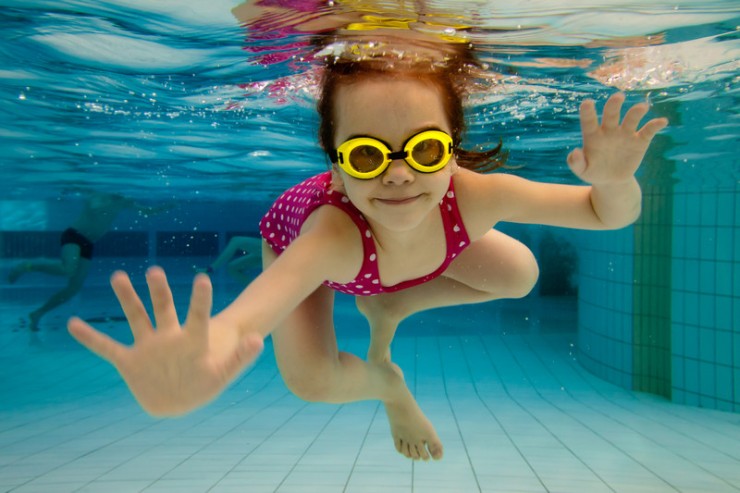
Too Much Chlorine In Pool The Dangers How To Lower

Raising Swimming Pool Chlorine

Raise Or Lower Levels Of Pool Chlorine The Pool Factory

Chlorine Residual Testing The Safe Water System Cdc

3 Ways To Lower Chlorine In A Pool Wikihow

Free Vs Combined Vs Total Chlorine What S The Difference Atlas Scientific

Fixing Free Chlorine Level Fcl Problems In Saltwater Swimming Pools Thesummerpools Com
How To Lower Your Pool S Chlorine Levels The Easy Way Poolpartstogo

Free Vs Combined Vs Total Chlorine What S The Difference Atlas Scientific
/TestingPoolWater-40a3d4c689484d6bb1973f32346c8f07.jpg)
How To Test Free Chlorine Vs Total Chlorine Levels

How To Reduce Pool Or Spa Chlorine Levels Intheswim Pool Blog

Free Chlorine Vs Total Chlorine What S The Difference Sensorex